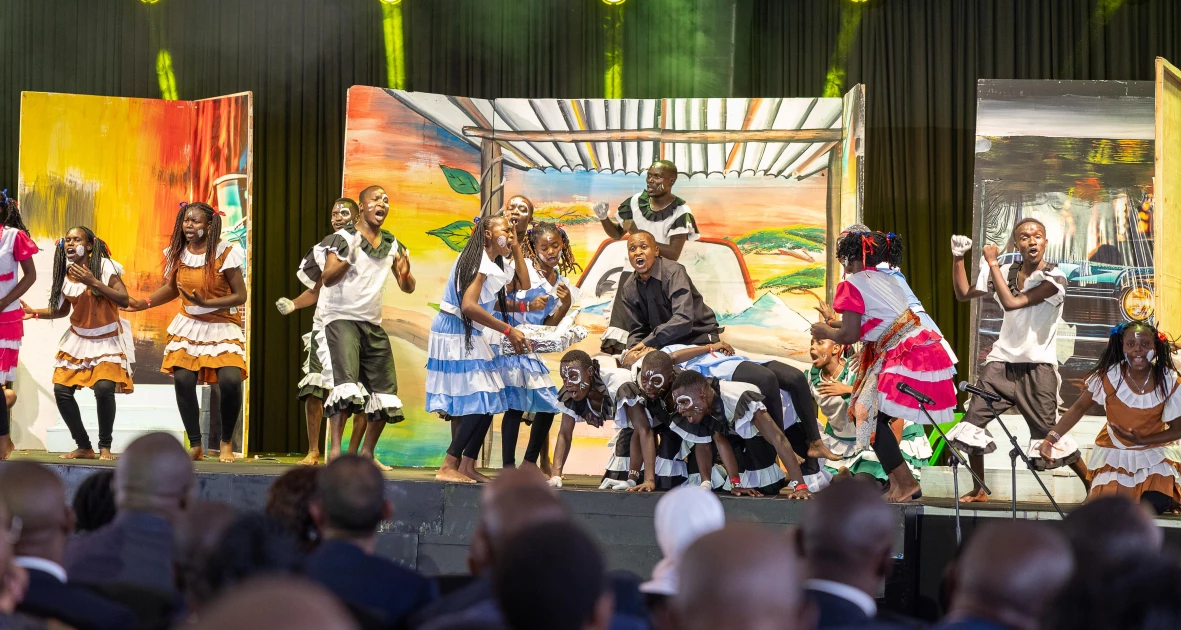OPINION: Artistic Expression - The engine of a truly sustainable creative economy

A performance at the National Drama and Film Festival State Concert, Nakuru. PHOTO| PCS

Audio By Carbonatix
By Prof Frederick B J A Ngala, PhD, MBS, OGW
For decades, the Kenya Music Festival has showcased our nation's diverse creative spirit but also offered us a stark reminder of its untapped potential.
This
year, our guiding theme - "Enhancing the Creative Economy through Artistic
Expression for Sustainable Development" - challenged us to look beyond the
stage. It called on us to consider our ultimate purpose: not just to celebrate
talent, but to nurture it into lasting careers and stable futures that
contribute to national progress.
But what does "sustainable
development" truly mean for a young artist? It means building a career
that can withstand life's inevitable challenges. The path of a creative is
often unpredictable, and a single unforeseen event can tragically derail a
promising journey. True sustainability, therefore, is impossible without a
foundation of security.
Our responsibility as educators thus
extends beyond the stage. We have a duty to prepare these young artists for a
world where talent alone is not enough. We must equip them with the resilience
and practical skills needed to transform their creative passion into a
sustainable career.
We have all witnessed how a brilliant, once-celebrated artist is forced to appeal for public contributions to cover a medical bill or is left languishing in poverty. The missing ingredient was never talent; it was the practical knowledge of how to protect and grow the wealth that talent creates.
This is where the Kenya
Music Festival becomes more than just a stage; it becomes a classroom for an
entire ecosystem. As students perform pieces on themes of insurance and wealth
creation, they deliver a powerful message of financial resilience that ripples
outwards, educating their teachers, adjudicators, and the vast audience.
To understand the urgency of this mission on a national scale, we can look to the lessons from the "Asian Tiger" economies like South Korea and Singapore. Their remarkable growth from developing nations to global economic powerhouses was fueled by a deliberate culture of high domestic savings.
This
underscores a profound truth: a culture of saving and protection is not a
byproduct of wealth, but a prerequisite for creating it. The question for us as
educators, then, is how do we begin to instill this culture in our children?
The answer lies in using the arts as our most valuable teaching asset. Fundamentally, this shared mission is framed by globally recognized principles. The World Bank, for instance, recognizes that financial literacy is a cornerstone of early childhood development and, by extension, the long-term human capital that drives any prosperous society.
This economic principle is proven in the classroom, with research from leading institutions like Johns Hopkins University consistently showing that arts integration leads to deeper comprehension of complex subjects and boosts critical thinking skills.
It achieves this by shifting the learning process from passive
memorization to active creation, compelling students to analyze information,
solve problems, and synthesize disparate ideas into a new, coherent whole.
This practical application of life skills
serves as a vital bridge to the national educational framework crafted by the
Kenya Institute of Curriculum Development (KICD). While the Competency - Based
Curriculum (CBC) introduces the theory of risk and financial planning, our
partnerships take these concepts from the textbook to the stage, making them
tangible, memorable, and deeply relevant.
It is
within this carefully constructed framework - our duty as educators, powered by
the arts, and validated by global and national policy - that our partnership
with Equity Group this year found its perfect purpose. As the main sponsors,
their theme of "Securing Lives Transformed and Wealth Created"
provided the crucial resources and focus to bring our educational vision to
life.
This
synergy was demonstrated powerfully by the students themselves. Through
memorable songs, they conveyed the wisdom of "saving for tomorrow."
Through compelling skits, they illustrated how a community safety net and tools
like insurance act as a shield, allowing creativity to thrive.
Ultimately, enhancing our creative economy
is a two-part mission. It requires us, as educators, to ignite the spark of
artistic expression and empower our youth with the tools to protect that flame.
By integrating financial resilience into our creative education, we are not
just nurturing artists but building the secure, prosperous, and sustainable
creative economy of tomorrow.
Let this
partnership serve as a direct challenge to policymakers, fellow educators, and
corporate leaders. The time for passive sponsorship is over. Let’s move beyond
writing cheques only and instead actively integrate our expertise into the
educational fabric of our nation. This is how we can collectively build the
secure, prosperous, and sustainable creative economy of tomorrow.
The
writer is the Chairman, Kenya Music Festival


Leave a Comment